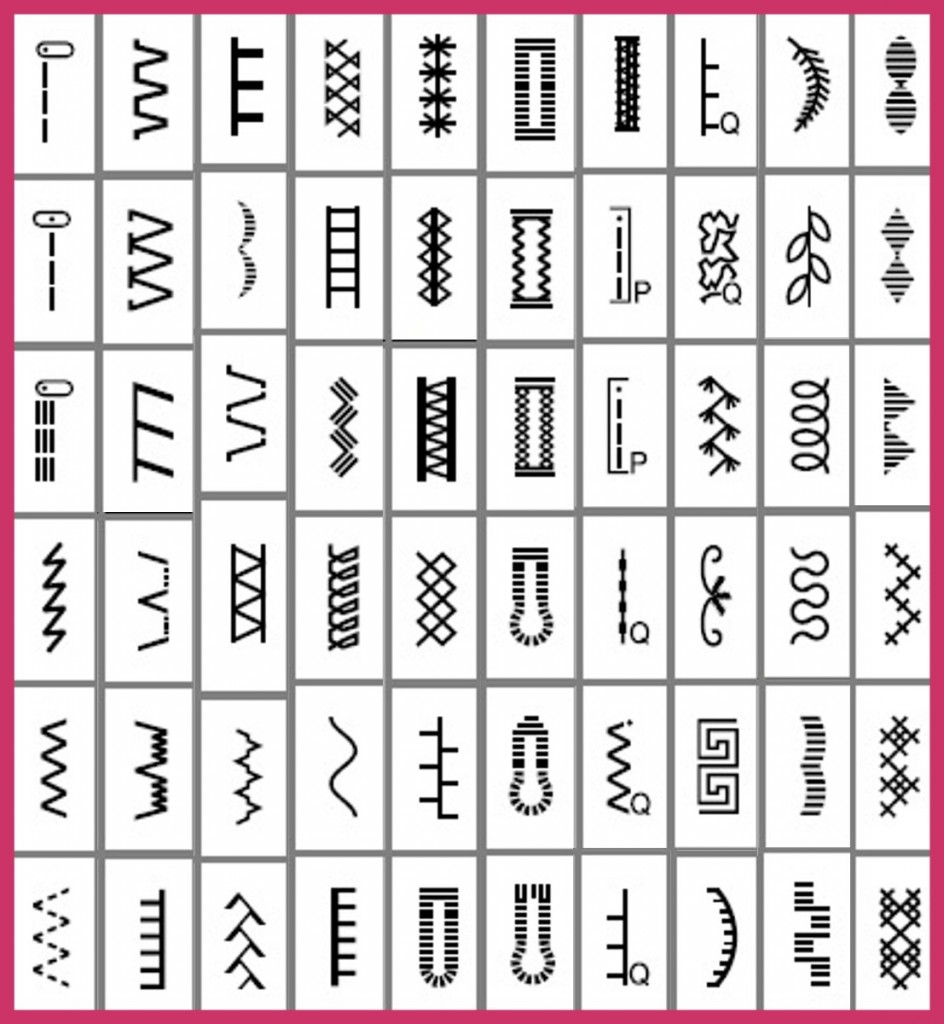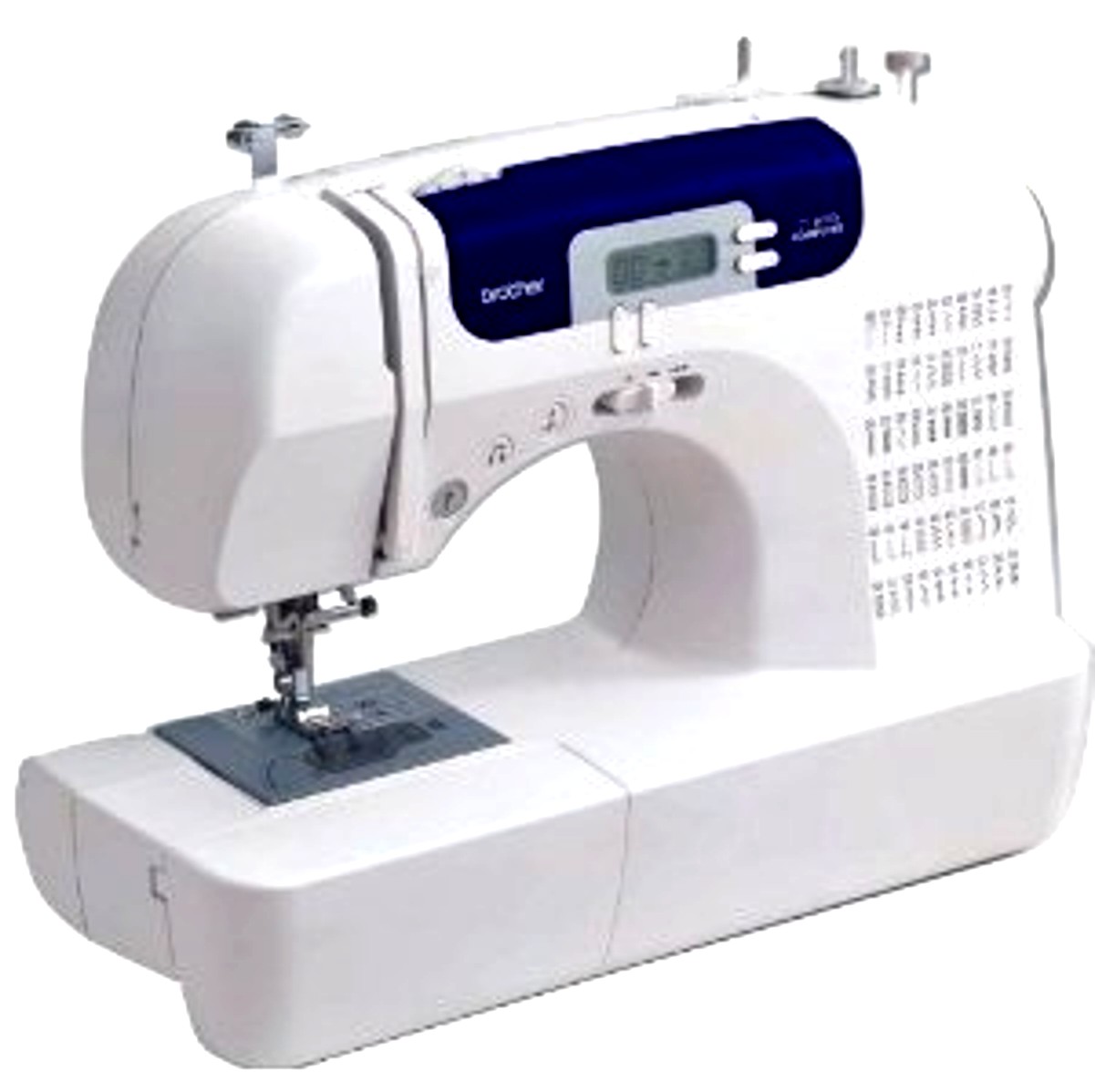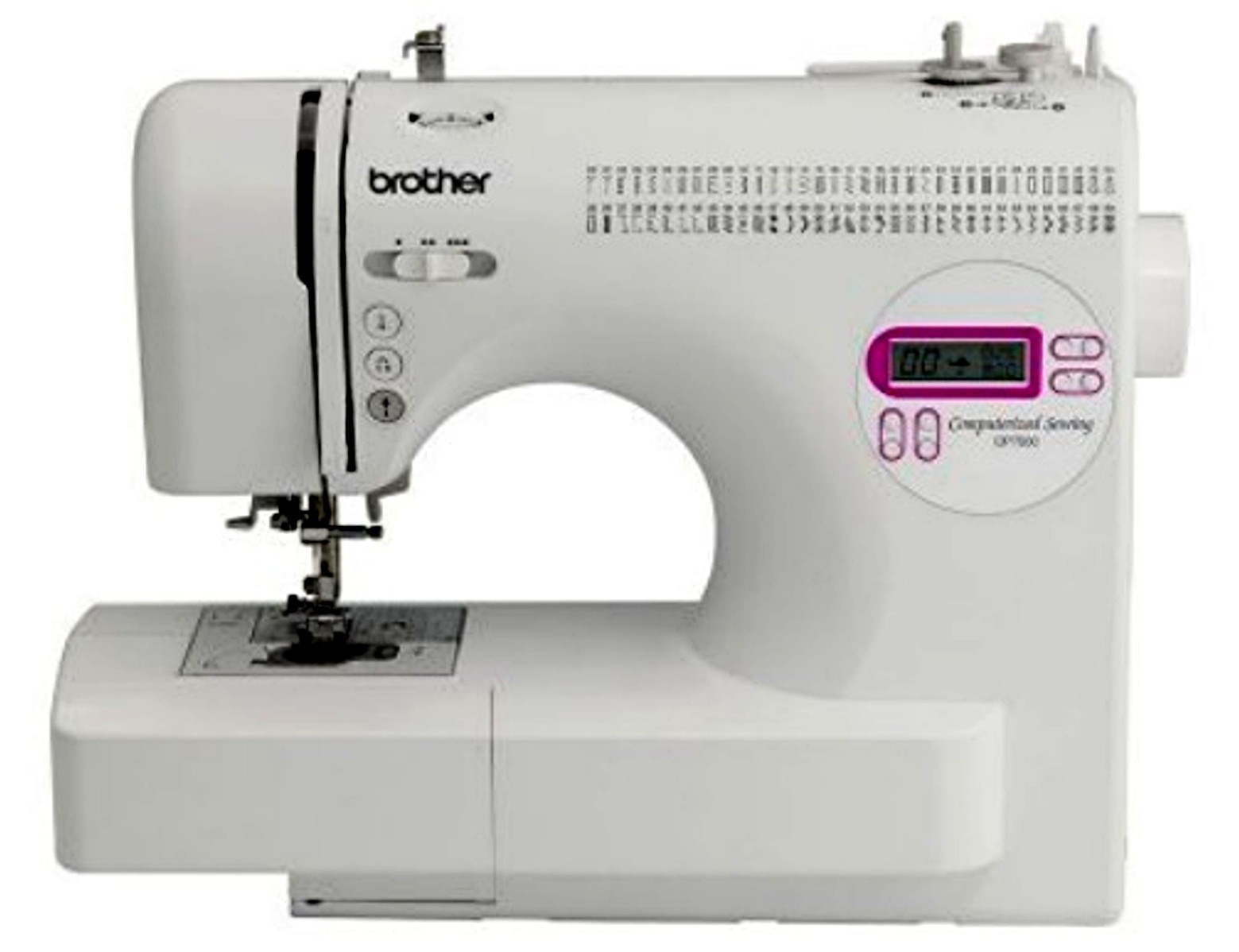Reviews of the Brother CS6000i are incredibly favorable but a new model is on board, the CP6500, and while they don’t look anything alike, you have to compare them. Why? Because while they might look very different on the outside, they’re exactly alike on the inside.
There are a few differences, though. They’ve been priced differently and there are some package deals that make it necessary to lay them out side by side in order to know which deal is best for you.
Here’s how they stack up:
Brother CS6000i vs Brother CP6500
Compare the Brother CS6000i to the CP6500 sewing machine. See how the stitches and features stack up in a side by side comparison. Both machines have the same 60 built in stitches.
Both machines have the same 60 built in stitches.
There are straight, stretch, and zigzag stitches, a selection of quilting stitches, decorative stitches, and seven styles of 1-step, auto-sizing buttonholes.
One of the quilting stitches is called a stippling stitch. It’s used to do a sort of “crazy quilting” design where you move the fabric around free form under the needle. As a result you can run your quilt lines in swirls, lines, or your own shapes to customize your quilts.
You can do applique, attach piping and embellish your projects with criss cross stitches, satin stitches, or scrolls.
One layout change makes things more efficient.
It gets a little confusing when a sewing machine manufacturer puts a new face on an old machine. I mean, it’s fine – it’s the same as me coloring my hair because I think it makes me look younger, more vibrant (it doesn’t but shhhhh!). Where this gets disconcerting, though, is when those two machines have different prices. You start to wonder – is there something else that’s different about these two seemingly similar machines that I’m not seeing?
Certainly they look different but the way in which you operate the sewing machine is the same. The external changes appear mostly to be for show except for one thing. The fact that the stitch reference guide – the pictures and stitch numbers printed on the machine – is now ABOVE the LCD screen on the CP6500 instead of below it like on the CS6000i appears to be an efficient change. I have a machine where the reference guide is below the screen and invariably, when I’m trying to enter a stitch pattern number, my arm is in the way of my being able to see the pattern number while also working the selection buttons. This issue is eliminated with the CP6500.
So, why does the CP6500 cost about $40 less than the CS6000i?
The only difference between buying one or the other is the accessories that come with the machine. The CS6000i comes with an extra wide extension table, a quilting foot, a walking foot, and a quilting guide and the CP6500 does not.
On the other hand, you can find a package deal at Walmart that combines the CP6500 and a well-rated sewing machine table for a discounted price.
For detailed reviews of these machines, follow these links: Brother CS6000i or Brother CP6500.





Hello,
I’m looking to purchase a sewing machine for my 12 years old daughter. We’re both newbies to sewing. Between these 2 models, which one would you recommend? Is a hard case more desirable than a soft cover??
Thanks,
T
Tina – If you’re going to make use of the quilting features at all, then the CS6000i is the better deal because it includes a few quilting accessories that don’t come with the CP6500 and everything else is the same. If you were to buy all of those additional accessories separately, you’d pay more than the $20 price difference. As for whether a hard or soft cover is best, you might consider where you will be putting the sewing machine and what will be nearby. If you foresee anything falling on the machine or hitting it, you might prefer the hard cover for just a little more protection of the machine body itself. I’m thinking that if this were to be located in your daughter’s room, for example, where kids might naturally throw things around or toss stuff on their desk, that the hard cover might serve you well. Otherwise, either cover will do the job. Neither the soft cover nor the hard cover act as a carrying case so the difference is only in protection of the machine itself.
Either machine is a great choice for your situation, though, and I’m sure the two of you will have a lot of fun learning a new hobby!
Sincerely,
Erin